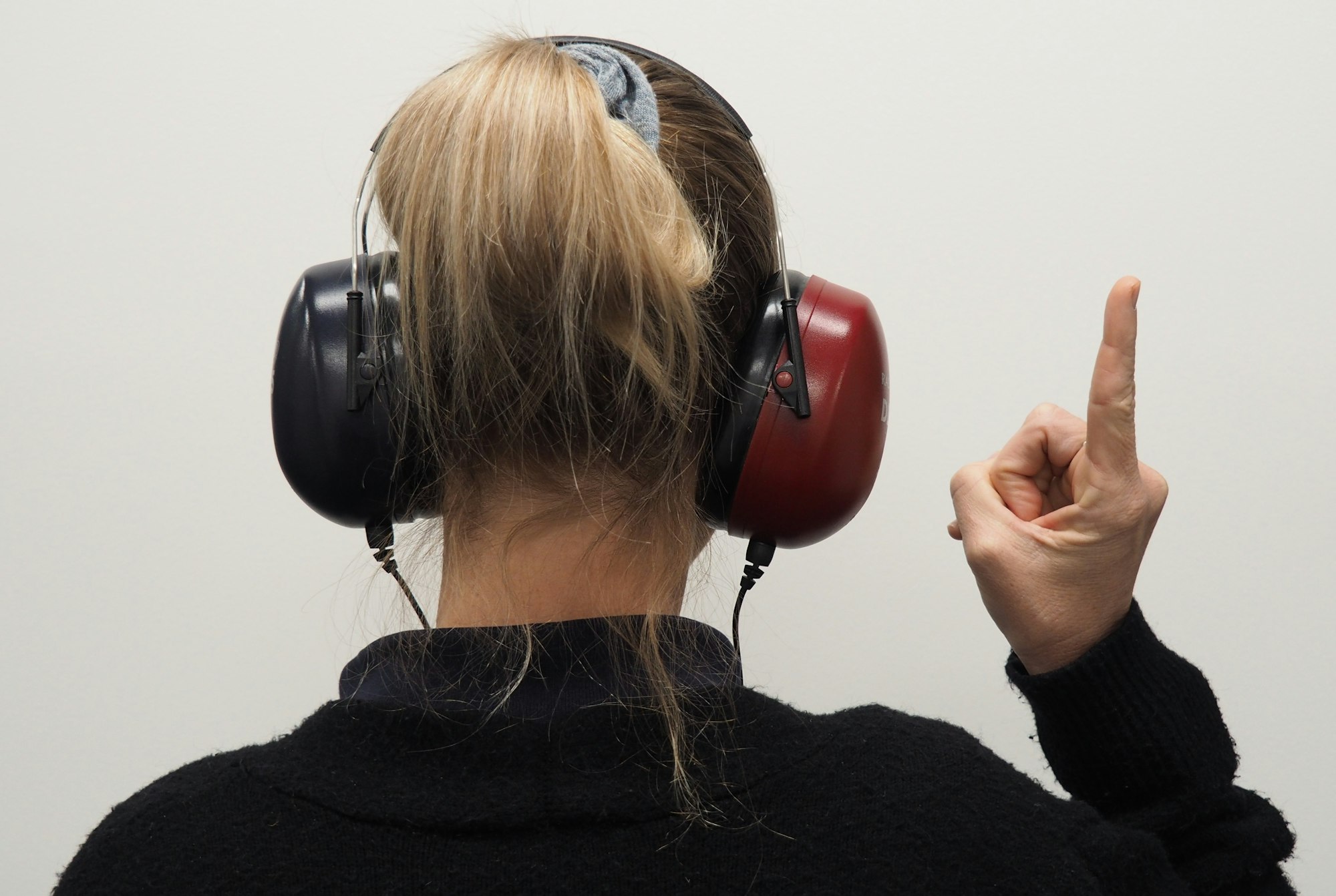To baseline, or not to baseline. What are we measuring and why?
by Tim Burnage @HuntSchoolMusic
How do we really know what students actually hear? Who’s to say the sound you hear, is the same as the sound I hear?

It’s similar to the discussion around colour. Is your blue the same as mine?
Having worked with several students who are Deaf or have hearing impairments, I understand that their perception of sound is different to mine, but I can’t actually hear what they can hear.
Any test or measure that helps us have more of grasp of what our students can perceive in sound, helps us get closer to an understanding of individuals’ starting points. And having an informed appreciation of those starting points in Music, is worth pursuing.
In schools, it is commonplace for students expected outcomes in Music to be governed by non-musical data - KS2 SATS results, Reading Ages, CATS scores – but we all know how wide of the mark these measurements can be in relation to musical aptitude.
Like most large comprehensive schools, our year 7 students come from a range of primary settings with varied musical provision. Some come from schools where there is no provision, and have never had a classroom Music lesson. If we simply test what we think students may have learnt by the end of KS2, it’s likely that we’ll discover little more than which primary school students went to.
As I began the task of rethinking our baseline test, I knew that what I really wanted to find, was a system that would enable us to identify what students can hear in sound, regardless of their prior knowledge.

I spent a bit of time looking at the CATS model - the general aptitude tests that year 7s often begin their year with. Its format is made up of multiple sections - each section opening with a modelled task, followed by 5 questions of increasing difficulty.
I also drew inspiration from a number of ‘musical aptitude tests’ that are used by the independent sector to assess ‘musical potential’ - things like identify pitch relationships (higher/ lower). And I also explored some of the aural tasks from graded exams.
I chatted with Liz and Ian, and in addition to the obvious high/low, soft/loud, fast/slow questions, we also came up with questions on texture (how many parts at once), melody (how many different pitches in total) and some ‘spot the difference’ and ‘spot the pattern’ questions relating to rhythm and melody.

One thing we are really mindful of at Huntington is engaging all students with musical learning right from the start. We spend a lot of time gathering and selecting repertoire. Music that is a balance of the familiar and unfamiliar, from a wide range of cultures and traditions.
The baseline test happens at the start of the year, so we've got to make students' first encounter with the Music department, a memorable and enjoyable one. So the 50 question baseline test features orchestral works that students are likely to have bumped into at some point (Rossini 'William Tell Overture', Grieg 'Peer Gynt suite') alongside some current pop (Harry Styles, Olivia Rodriguez) film and stage musicals (Moana, Hamilton), classic pop and rock (Dexys Midnight Runners, Queen) alongside a healthy dollop of nonsense (Baby Shark, ‘Boom! Shake the room’).
It’s all there to acknowledge that we engage with Music all time - it’s everywhere - and that the baseline test is part of discovering how Music works.
We’re in the middle of trialing it right now – not just with year 7, but across KS3 and year 10 to see how different groups and cohorts compare, following the disruption of the last 18 months.
I’ll let you know how we get on.
In the meantime you can view the @HuntSchoolMusic baseline questions and audio clips here: